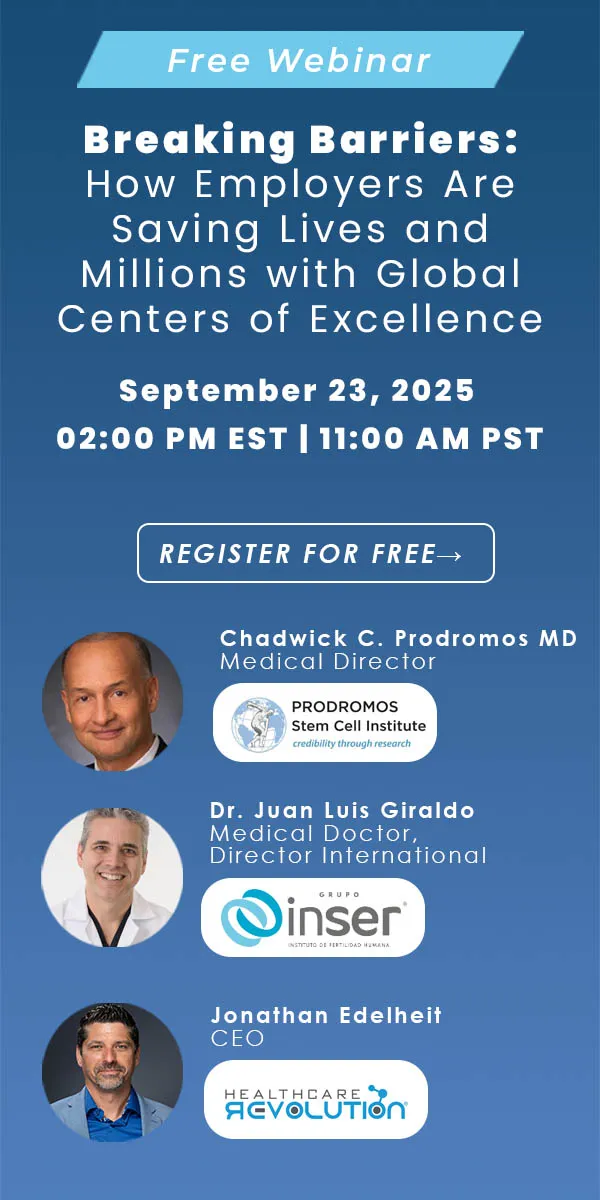Seeing Success: The Transformative Power of Visualizations for Career Aspirations and Employee Well-being
In the dynamic world of work, realizing one's career aspirations while maintaining well-being can be a challenging balancing act. Visualization techniques, the practice of using mental imagery to achieve goals, have emerged as a potent tool for enhancing both employee well-being and career growth. Visualization not only empowers individuals to set and attain their career goals but also promotes relaxation and mental clarity. In this comprehensive article, we will explore the science of visualization techniques, introduce practical methods for incorporation, share real-life success stories, and provide expert insights on fostering well-being through the power of visualization.
Understanding the Science of Visualization Techniques
- Mind-Body Connection: Visualization leverages the mind-body connection, impacting physical and mental well-being.
- Stress Reduction: Visualizations reduce stress by promoting relaxation and calming the mind.
- Goal Achievement: The practice of visualizing success enhances one's ability to set and achieve career goals.
- Confidence Building: Visualization boosts self-confidence, a critical factor in career growth.
The Impact of Visualization on Employee Well-being and Career Aspirations
- Stress Reduction: Visualization techniques alleviate workplace stress, leading to improved mental health.
- Enhanced Focus: Practicing visualization improves concentration and decision-making skills.
- Career Clarity: Visualizing career goals clarifies aspirations and motivates employees to work towards them.
- Increased Resilience: Visualization fosters resilience, helping individuals bounce back from setbacks.
Practical Methods for Incorporating Visualization Techniques
- Guided Visualization Sessions: Offer guided visualization sessions to employees, helping them relax and envision their career goals.
- Goal-Setting Workshops: Conduct workshops that combine goal-setting and visualization exercises.
- Mental Imagery Tools: Provide employees with mental imagery tools such as vision boards or guided meditation apps.
- Peer Support Groups: Encourage the formation of peer support groups where employees can share their visualization experiences.
Real-life Success Stories of Visualization Impact
Anna's Story: Anna, a marketing manager, faced burnout and was unsure about her long-term career goals. She began practicing visualization daily, imagining herself as a successful marketing director. Over time, her clarity of purpose increased, and she developed a step-by-step plan to achieve her goal. Visualization not only helped Anna regain her well-being but also propelled her career forward.
Expert Insights on Visualization and Well-being
We reached out to Dr. David Mitchell, a psychologist specializing in workplace well-being, for his insights:
"Visualization is a powerful tool for enhancing employee well-being by offering a structured approach to setting and achieving career goals. Organizations that encourage visualization practices often observe a more motivated, resilient, and well-balanced workforce."
Certified Corporate Wellness Specialist: Fostering Visualization for Well-being
To effectively promote the benefits of visualization as a means to enhance employee well-being and career aspirations, organizations can benefit from enrolling their leaders in the Certified Corporate Wellness Specialist program offered by the Corporate Health & Wellness Association. This program equips individuals with the knowledge and strategies needed to create a workplace culture that values visualization and overall well-being.
Measuring the Impact of Visualization on Employee Well-being
- Employee Surveys: Conduct surveys to gauge employee satisfaction with visualization practices and their perceived impact on well-being.
- Stress Reduction Metrics: Assess changes in employee stress levels and stress-related symptoms resulting from visualization.
- Goal Achievement Assessments: Monitor career goal achievement rates and employee progress.
- Self-confidence Surveys: Evaluate changes in employee self-confidence levels before and after implementing visualization practices.
Visualization techniques offer a transformative means of enhancing both employee well-being and career aspirations. By understanding the science behind visualization, providing practical methods for its incorporation, sharing real-life success stories, and seeking expert perspectives, organizations can create a workplace culture that values the power of visualization and prioritizes the well-being of their employees through goal-setting and mental imagery.
Ready to see success through visualization? Explore the comprehensive Certified Corporate Wellness Specialist program at Corporate Health & Wellness Association and become a leader in fostering a culture that values visualization for employee well-being and career growth.







